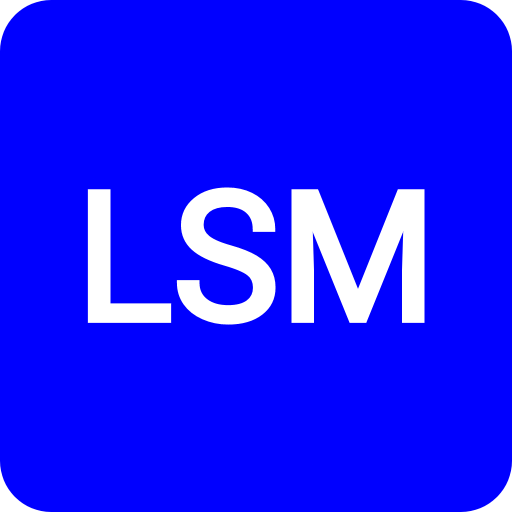Your Cart


Simplify information security, making it accessible to all individuals, and empowering them to appreciate its importance

By using this website, you agree to our use of cookies. We use cookies to provide necessary site functionality and provide you with a great experience.
Your message has been successfully sent
Your form has been submitted. Please check your email for a copy of your responses. If you're accepted, you'll receive an email with a link to checkout.